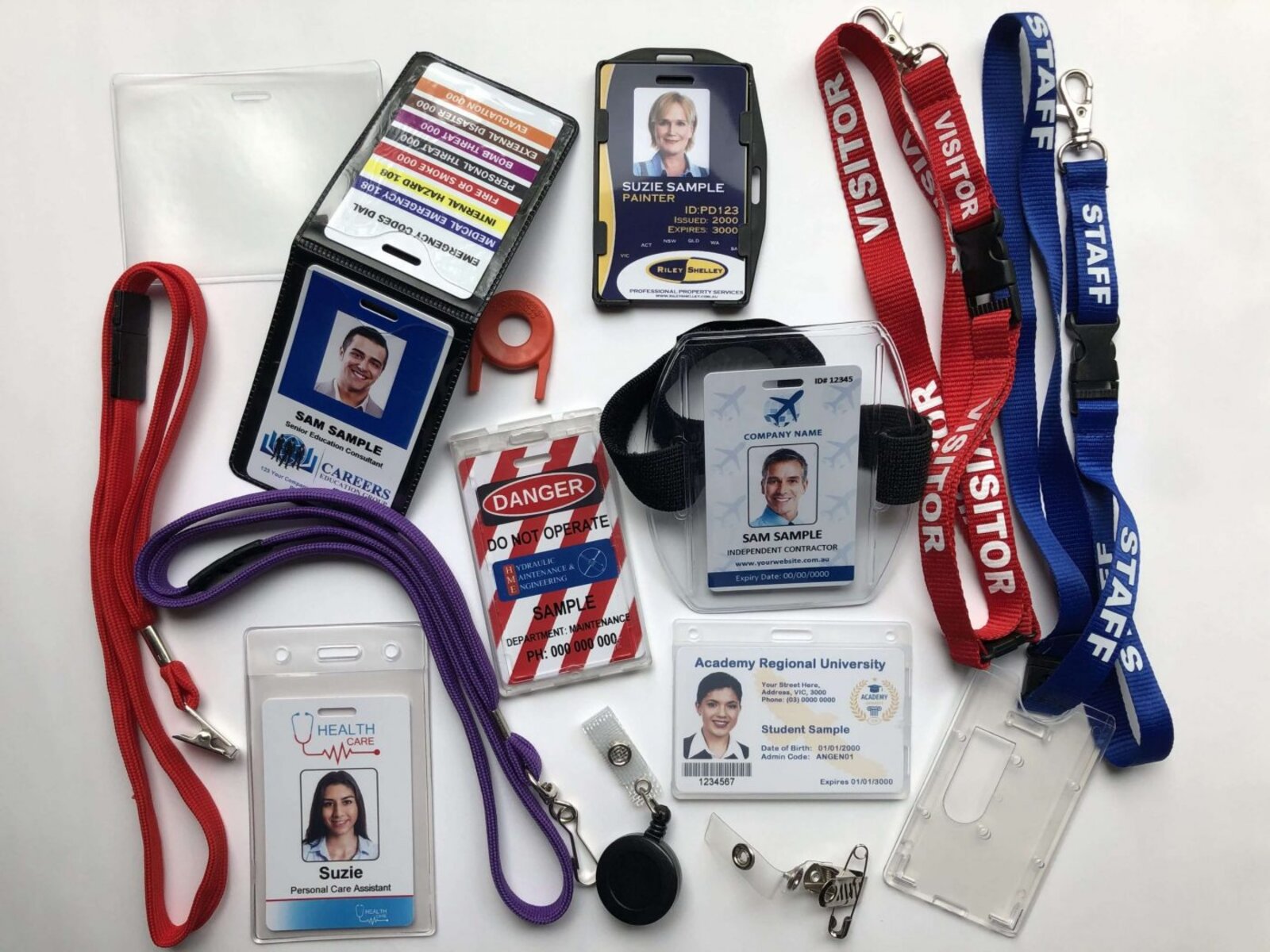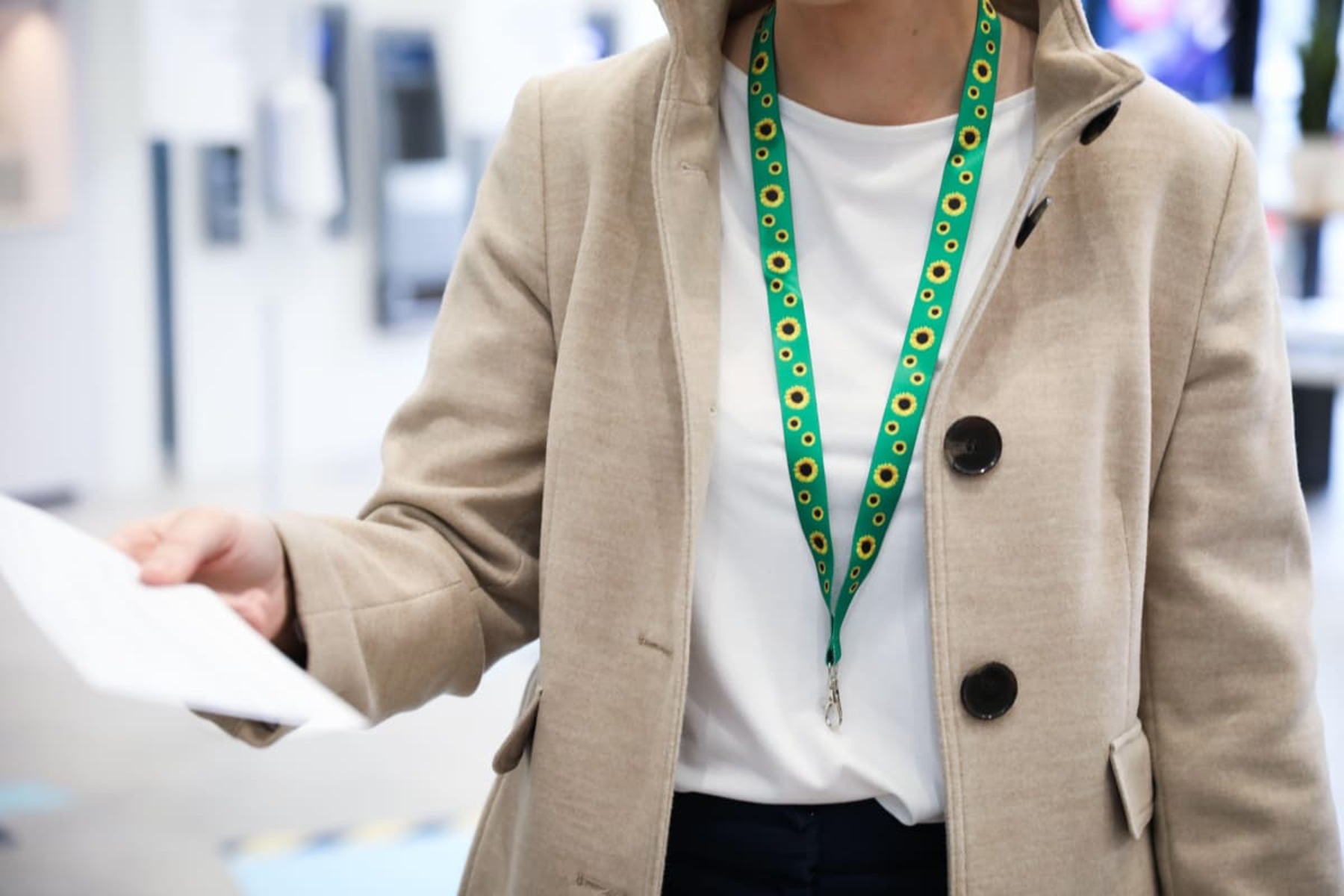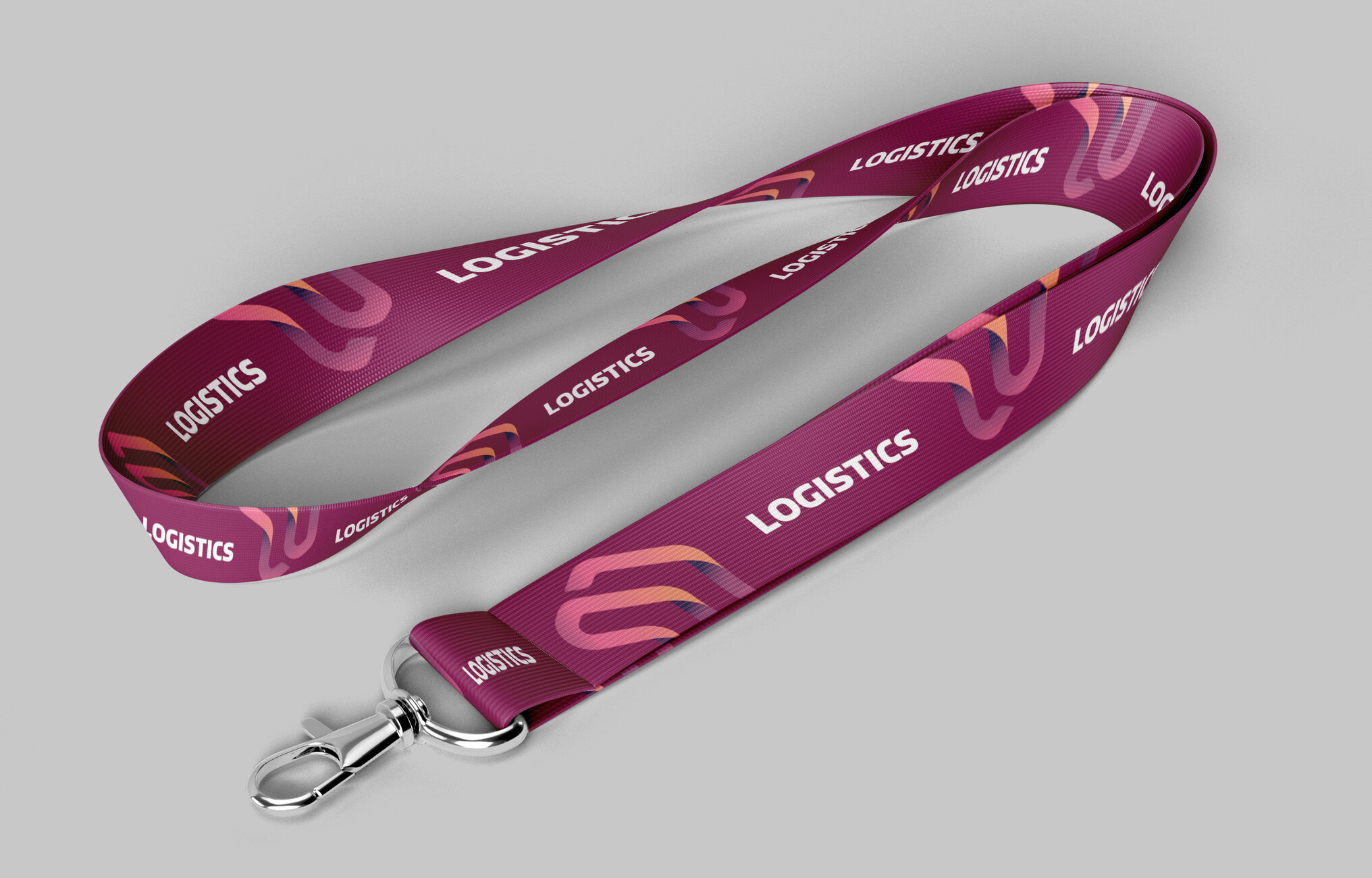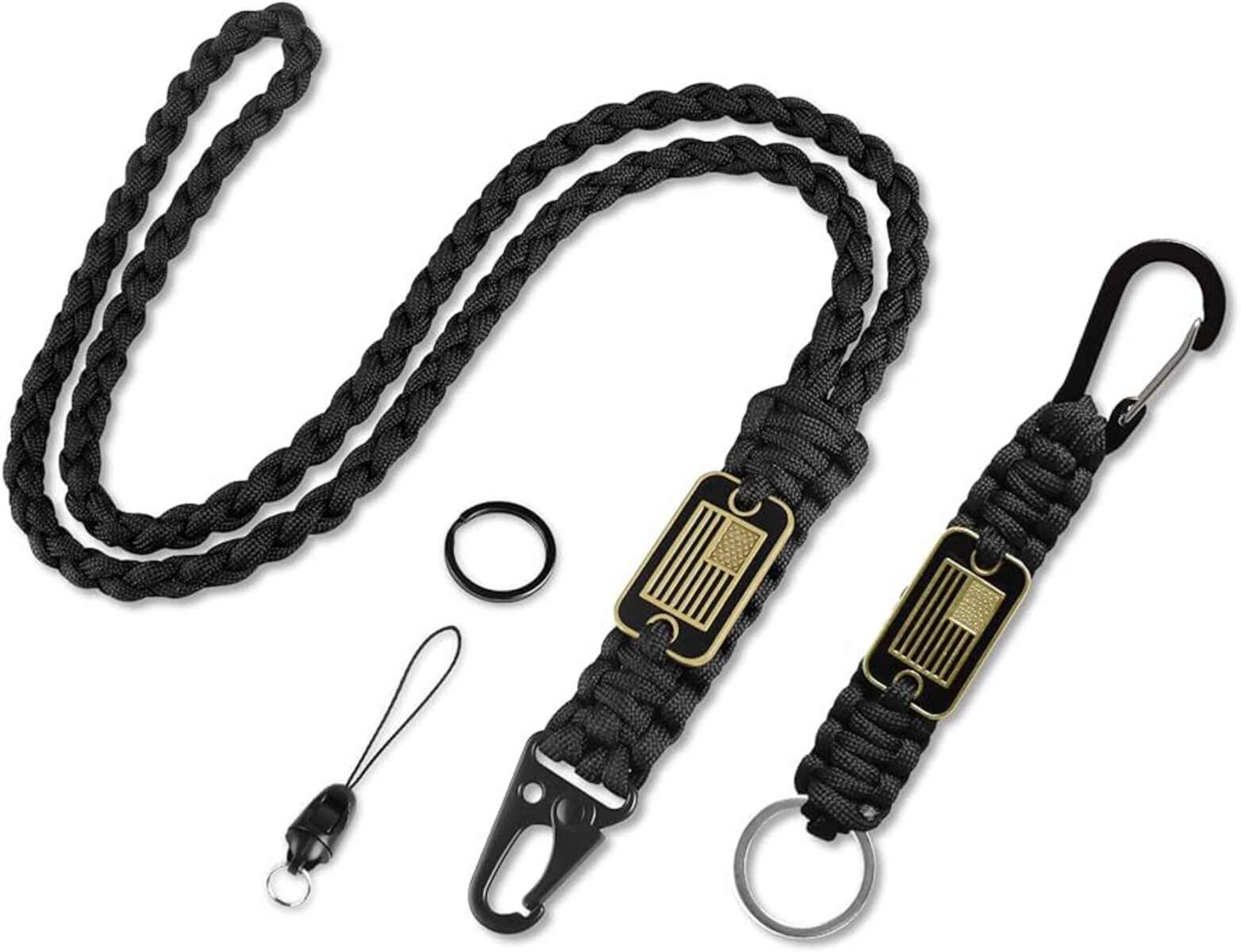Choosing the Right Attachment Method
When it comes to attaching ID cards to lanyards, selecting the appropriate attachment method is crucial for ensuring the security and durability of the cards. With a plethora of options available, it's essential to consider the specific needs and preferences of the users. Here are some key points to keep in mind when choosing the right attachment method:
-
Badge Holders: Utilizing badge holders is a popular and practical choice for securing ID cards to lanyards. These holders come in various materials such as plastic, vinyl, or metal, and can accommodate different card sizes. Additionally, they offer protection against wear and tear, moisture, and bending, thereby extending the lifespan of the ID cards.
-
Clips and Straps: Another common attachment method involves using clips or straps to fasten the ID cards to lanyards. Clips are available in different styles, including alligator clips, swivel clips, and strap clips, providing versatility to cater to diverse preferences. Meanwhile, straps offer a secure loop for attaching the cards, ensuring that they remain in place during daily activities.
-
Retractable Reels: For individuals who require frequent access to their ID cards, retractable reels present an ideal attachment solution. These reels feature a retractable cord that allows users to extend the card for scanning or swiping without detaching it from the lanyard. This convenience enhances efficiency and minimizes the risk of misplacing the cards.
-
Customization Options: In addition to standard attachment methods, there are customization options available for those seeking a unique and personalized approach. This includes custom-printed lanyards with integrated card holders or specialized attachments designed to meet specific security or accessibility requirements.
By carefully evaluating the advantages and limitations of each attachment method, individuals and organizations can make informed decisions that align with their operational needs and budget considerations. Furthermore, selecting the right attachment method contributes to the overall professionalism and functionality of the ID card and lanyard ensemble, promoting a positive and secure identification experience.
Properly Securing the ID Card to the Lanyard
Securing the ID card to the lanyard is a critical aspect that directly impacts the card's visibility, accessibility, and overall safety. Implementing proper techniques for this process ensures that the ID card remains securely attached while allowing for easy presentation and usage. Here are essential guidelines for effectively securing the ID card to the lanyard:
1. Positioning the ID Card Holder
The first step in securing the ID card to the lanyard involves positioning the card within the holder. It is crucial to insert the card fully into the holder to prevent it from slipping out or becoming dislodged during movement. Additionally, ensuring that the card is centered within the holder maintains a professional and organized appearance.
2. Utilizing Secure Attachment Methods
Depending on the chosen attachment method, such as clips, straps, or retractable reels, it is important to follow the manufacturer's guidelines for secure fastening. This may involve snapping the card into place, looping it through designated slots, or engaging locking mechanisms to prevent accidental detachment.
3. Checking for Stability
After attaching the ID card to the lanyard, a quick stability check is essential to confirm that the card remains firmly secured. Gently tug on the card to verify that it is properly fastened and does not easily dislodge from the attachment point. This step is crucial for preventing accidental loss or damage to the card during regular use.
4. Ensuring Card Visibility
Properly securing the ID card to the lanyard should also prioritize maintaining the card's visibility for identification purposes. When positioned around the neck, the card should be easily readable without obstructing the user's movements or daily tasks. Adjusting the lanyard length or attachment point can optimize visibility and accessibility.
5. Considering User Comfort
In addition to security and visibility, user comfort plays a significant role in the proper attachment of ID cards to lanyards. Ensuring that the attachment method does not cause discomfort or irritation is essential for promoting consistent usage and wearer satisfaction.
By adhering to these techniques for securing ID cards to lanyards, individuals and organizations can maintain the integrity and functionality of their identification systems. These practices contribute to a professional and organized appearance while enhancing the overall security and accessibility of ID cards during everyday activities.
Tips for Preventing Loss or Damage
Preventing loss or damage to ID cards is paramount for maintaining the integrity and security of identification systems. Implementing proactive measures can significantly reduce the risk of misplacement, wear, and potential data loss associated with damaged cards. Here are essential tips for preventing loss or damage to ID cards:
-
Use Secure Fastening Methods: Ensure that the chosen attachment method securely fastens the ID card to the lanyard. Double-check the integrity of clips, straps, or retractable reels to minimize the likelihood of accidental detachment during daily activities.
-
Regularly Inspect Attachments: Periodically inspect the attachment points to identify any signs of wear or weakening. This proactive approach allows for timely replacement or repair of components, preventing unexpected detachment or breakage.
-
Implement Card Protection: Utilize protective accessories such as badge holders or sleeves to shield ID cards from physical damage, moisture, or bending. These accessories act as a barrier against external elements, preserving the quality and legibility of the cards over time.
-
Train Users on Proper Handling: Educate individuals on the proper handling and care of ID cards attached to lanyards. Emphasize the importance of avoiding excessive pulling or tugging on the cards, as well as the significance of promptly reporting any issues with the attachment or card condition.
-
Establish Loss Prevention Policies: Develop and communicate clear policies and procedures for reporting lost or damaged ID cards. Encourage a proactive approach to addressing such incidents, including immediate card deactivation and replacement to maintain security protocols.
-
Utilize RFID Technology: For enhanced security and tracking capabilities, consider utilizing RFID-enabled ID cards. This technology enables efficient monitoring and management of card usage, minimizing the risk of loss or unauthorized access.
-
Regular Maintenance and Cleaning: Incorporate regular maintenance routines to clean and inspect ID cards and lanyards. This practice helps identify early signs of damage or wear, allowing for timely intervention to prevent further deterioration.
-
Invest in Durable Materials: Opt for high-quality lanyards and attachment accessories constructed from durable materials. Investing in robust components reduces the likelihood of premature wear or breakage, contributing to the longevity of the ID card ensemble.
By proactively implementing these tips, individuals and organizations can mitigate the risk of loss or damage to ID cards attached to lanyards. This proactive approach not only safeguards the integrity of identification systems but also promotes a culture of responsible card management and security awareness.
Importance of Regular Maintenance and Inspection
Regular maintenance and inspection of ID cards and lanyards are essential practices that contribute to the longevity, functionality, and security of identification systems. By prioritizing consistent upkeep and thorough examination, individuals and organizations can identify and address potential issues before they escalate, ensuring the continued effectiveness of their identification ensembles.
Preserving Card Integrity
Routine maintenance plays a pivotal role in preserving the integrity of ID cards. Regular inspection allows for the early detection of wear, scratches, or fading, enabling timely interventions such as cleaning or replacement to maintain the legibility and professional appearance of the cards. Additionally, proactive measures can prevent the accumulation of dirt, dust, or debris on the cards, preserving their visual clarity and data integrity.
Ensuring Attachment Integrity
Inspecting the attachment points, including clips, straps, or retractable reels, is crucial for ensuring their structural integrity. Over time, these components may experience wear, weakening, or breakage, compromising the secure attachment of ID cards to lanyards. Regular maintenance facilitates the identification of such issues, prompting the replacement or repair of attachment accessories to prevent accidental detachment and loss of cards.
Enhancing Security Measures
Regular maintenance and inspection contribute to the overall security measures associated with ID cards and lanyards. By promptly addressing any signs of wear, damage, or malfunction, organizations can uphold the effectiveness of their access control and identification systems. This proactive approach minimizes the risk of unauthorized access or misuse of compromised cards, bolstering overall security protocols.
Promoting Longevity and Cost-Efficiency
Investing in regular maintenance and inspection routines promotes the longevity of ID cards and lanyards, ultimately optimizing cost-efficiency. By identifying and addressing potential issues early on, organizations can extend the lifespan of their identification ensembles, reducing the frequency of replacements and associated expenses. Moreover, proactive maintenance mitigates the risk of sudden failures or security breaches, minimizing potential operational disruptions and financial implications.
Fostering Professionalism and Reliability
Consistent maintenance and inspection of ID cards and lanyards contribute to the overall professionalism and reliability of individuals and organizations. Presenting well-maintained and fully functional identification ensembles reflects a commitment to quality and attention to detail. This not only enhances the professional image of the users but also instills confidence in the reliability and security of the identification systems.
In essence, the importance of regular maintenance and inspection cannot be overstated when it comes to ID cards and lanyards. These practices are fundamental to preserving card integrity, ensuring attachment security, enhancing security measures, promoting longevity, and fostering professionalism. By integrating these maintenance routines into their operational processes, individuals and organizations can uphold the effectiveness and integrity of their identification systems, ultimately contributing to a secure and reliable environment.
























